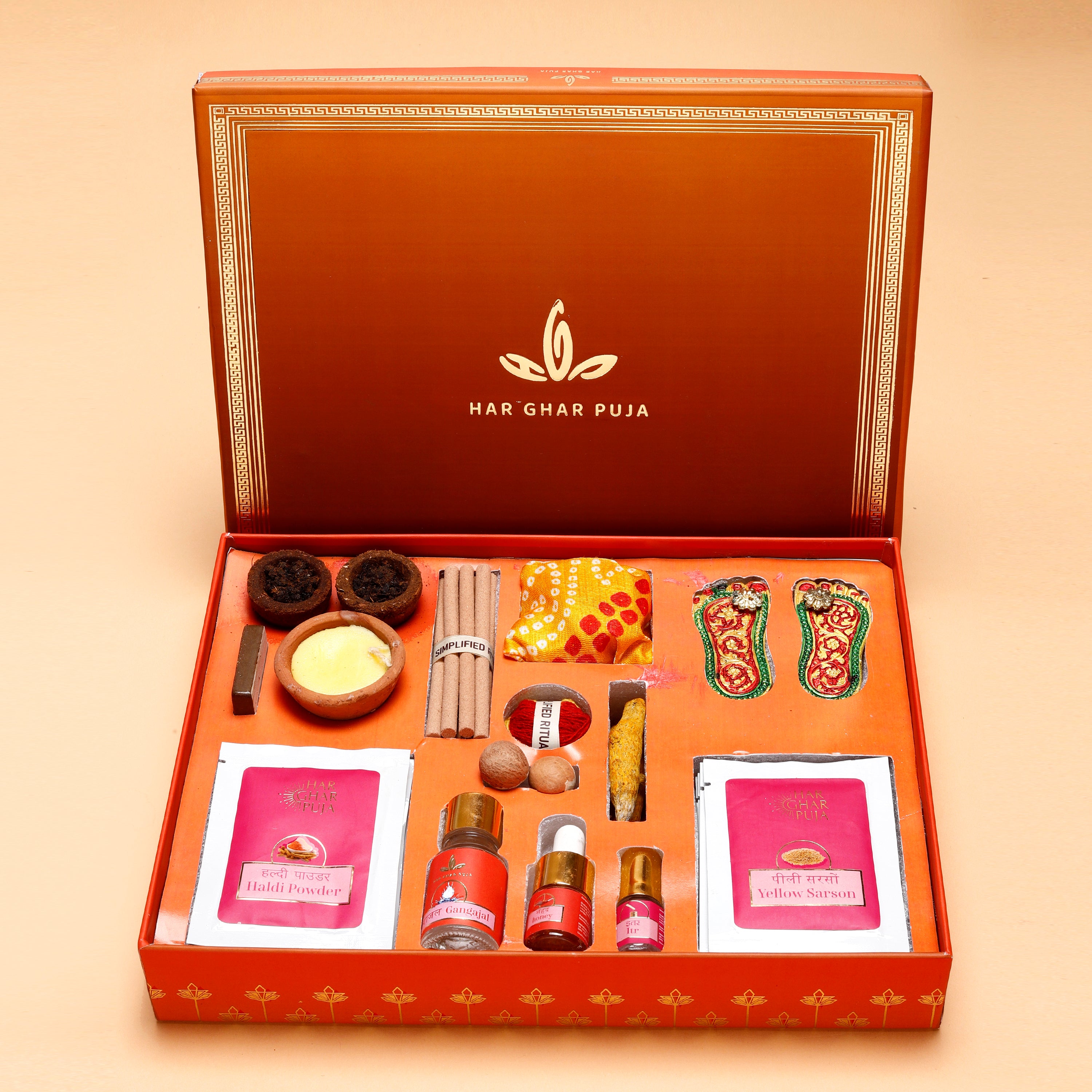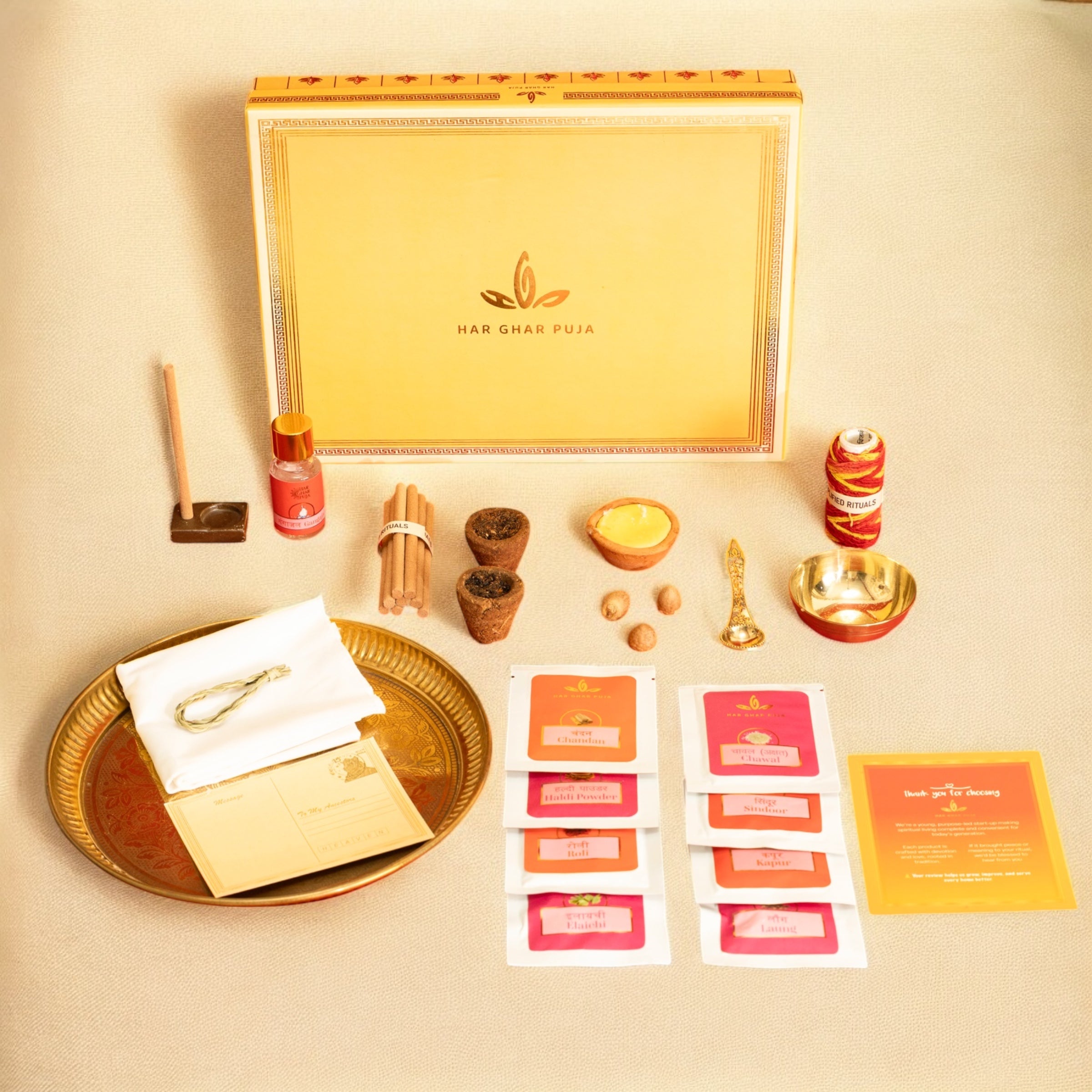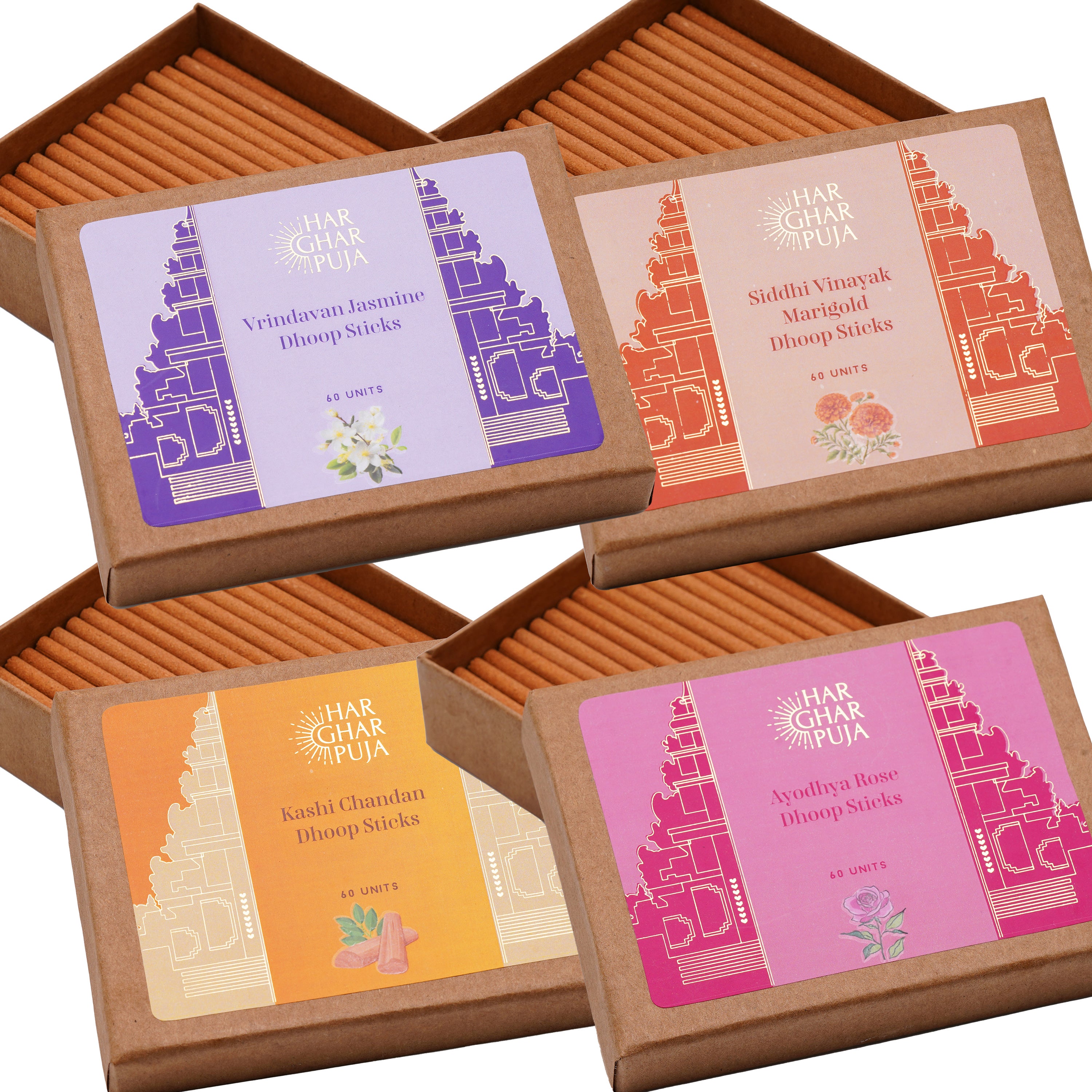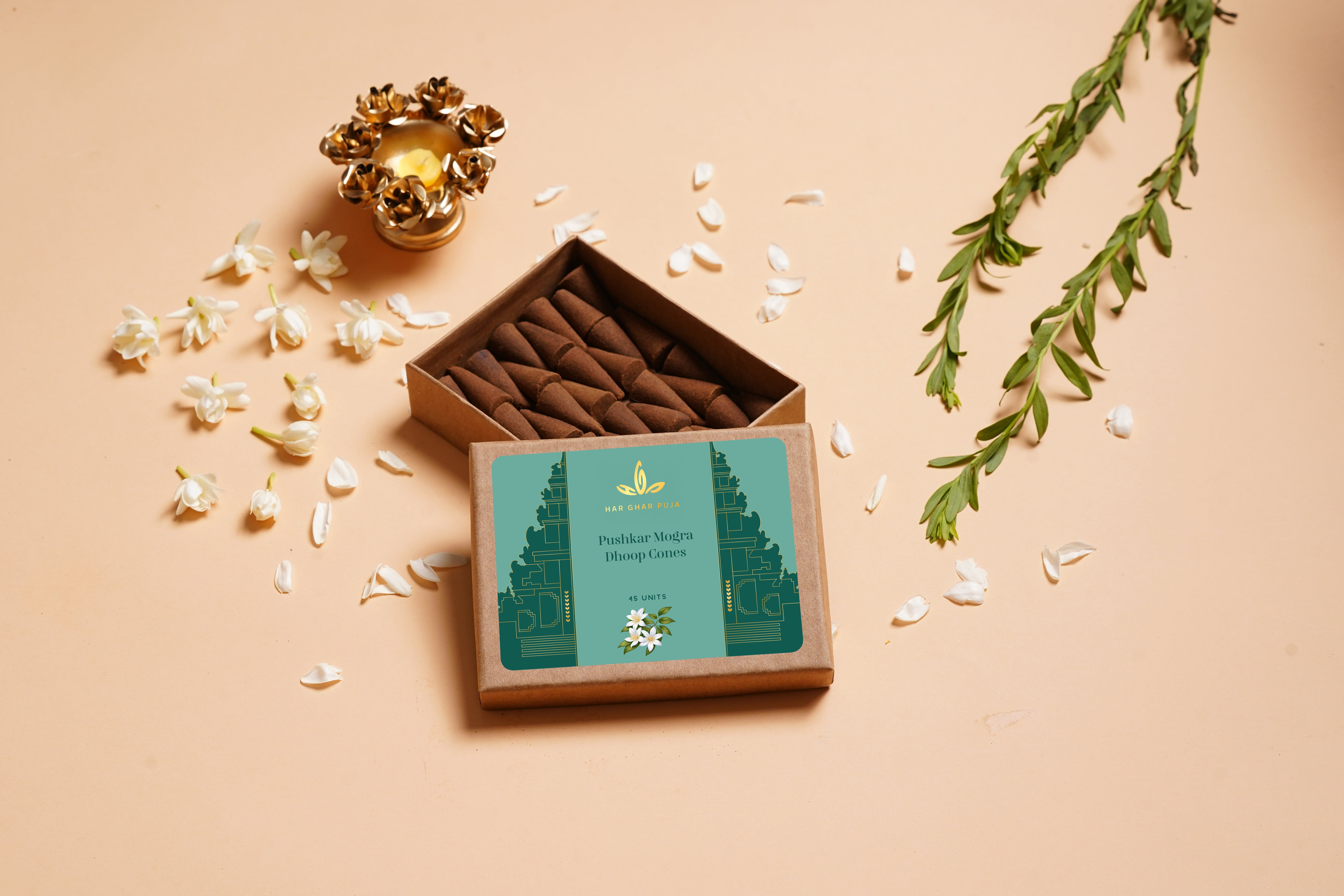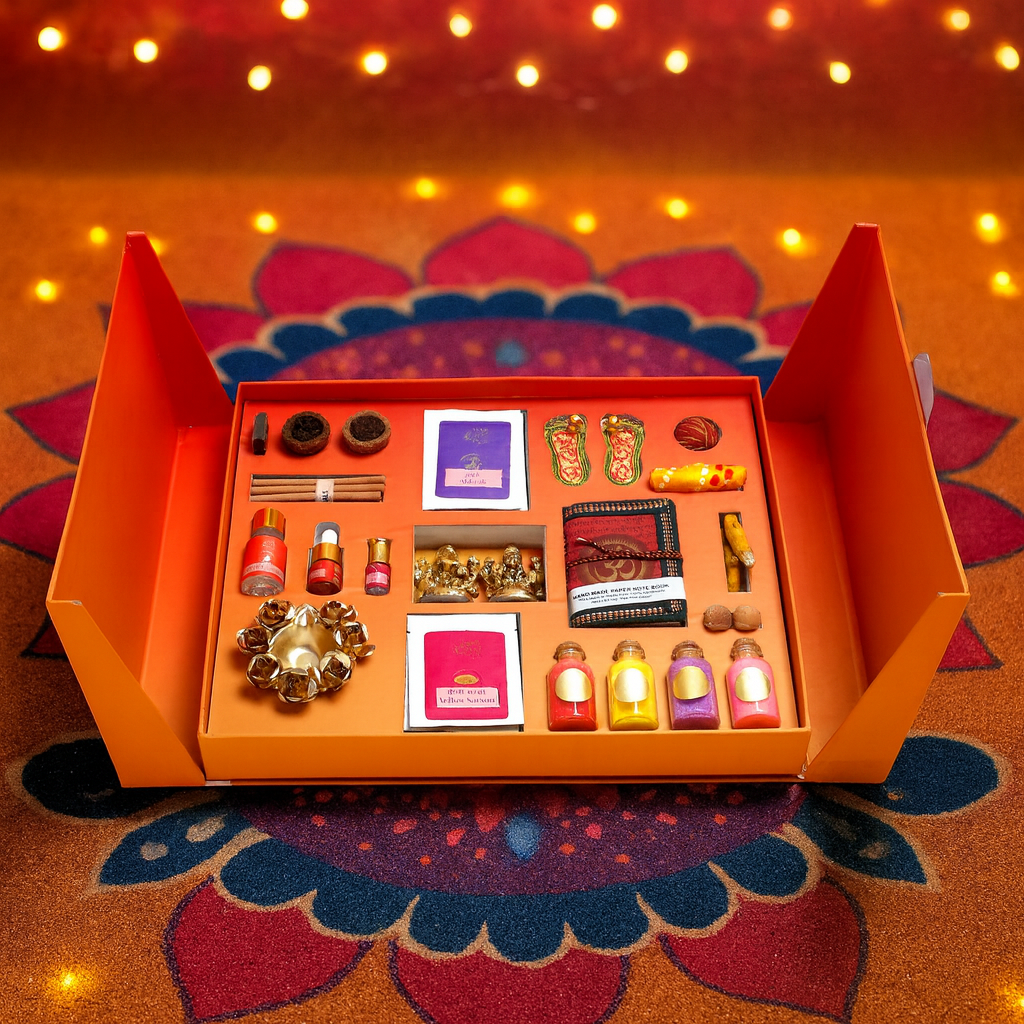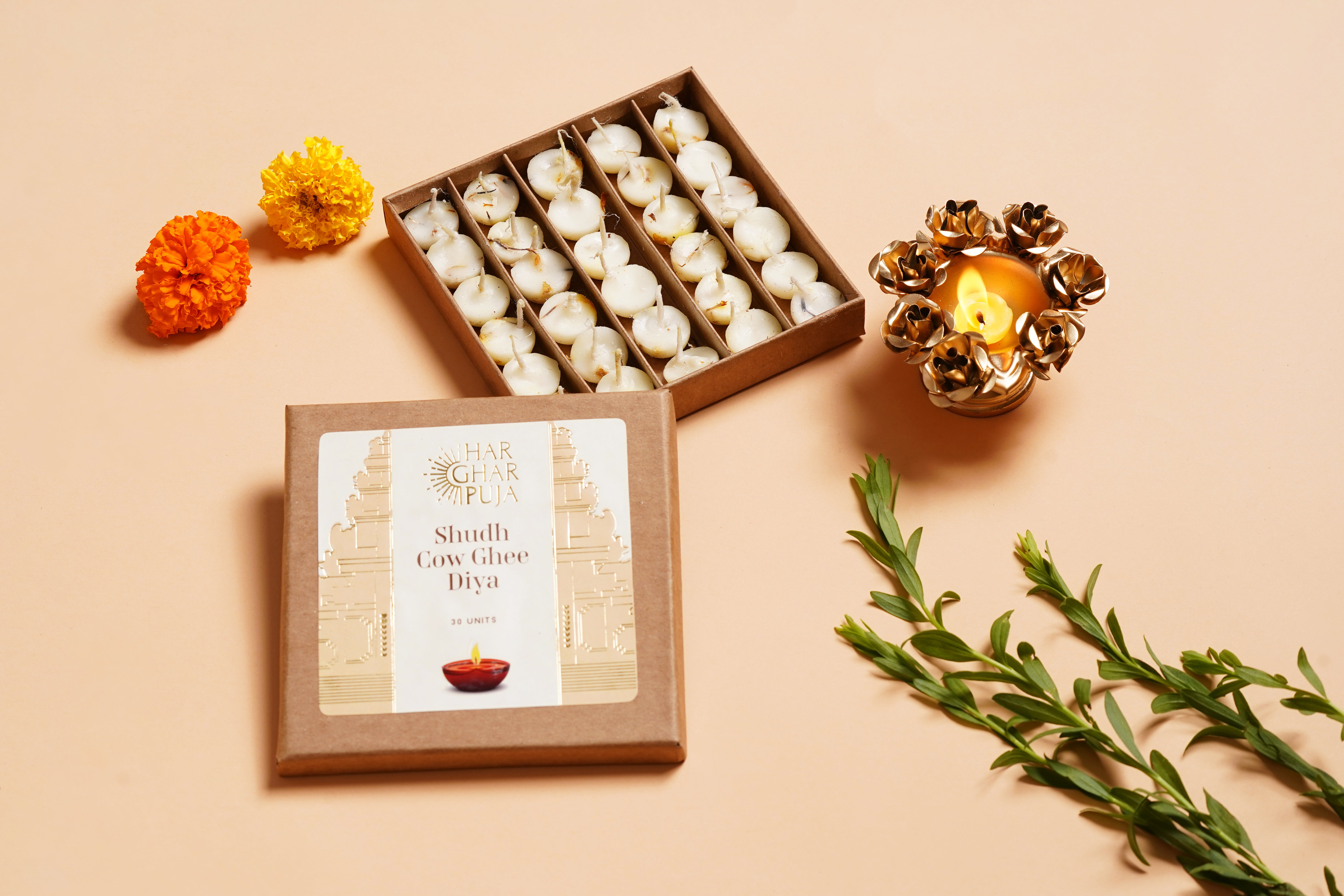Navratri is one of the most vibrant and spiritually significant festivals in Hindu culture, celebrated over nine nights to honour Goddess Durga.
The festival symbolises the triumph of good over evil, and the preparation of our homes plays a vital role in welcoming positive energy.
Navratri decorations, especially at home, not only set the tone for the festival but also enhance the holy atmosphere.
In this guide, we’ll explore various Navratri decoration ideas to help you transform your home into a divine space.
Table of Contents
The Significance of Navratri and Its Decorations

Role of Decorations in Navratri The way we decorate our homes during Navratri holds spiritual significance.
Adorning spaces with items like Diyas, flowers, and sacred symbols helps channel positive energy and honour the divine feminine power.
Decorations not only serve as offerings to the goddess but also inspire a sense of purity, devotion, and unity among family members.
Types of Navratri Decorations
Traditional Decorations
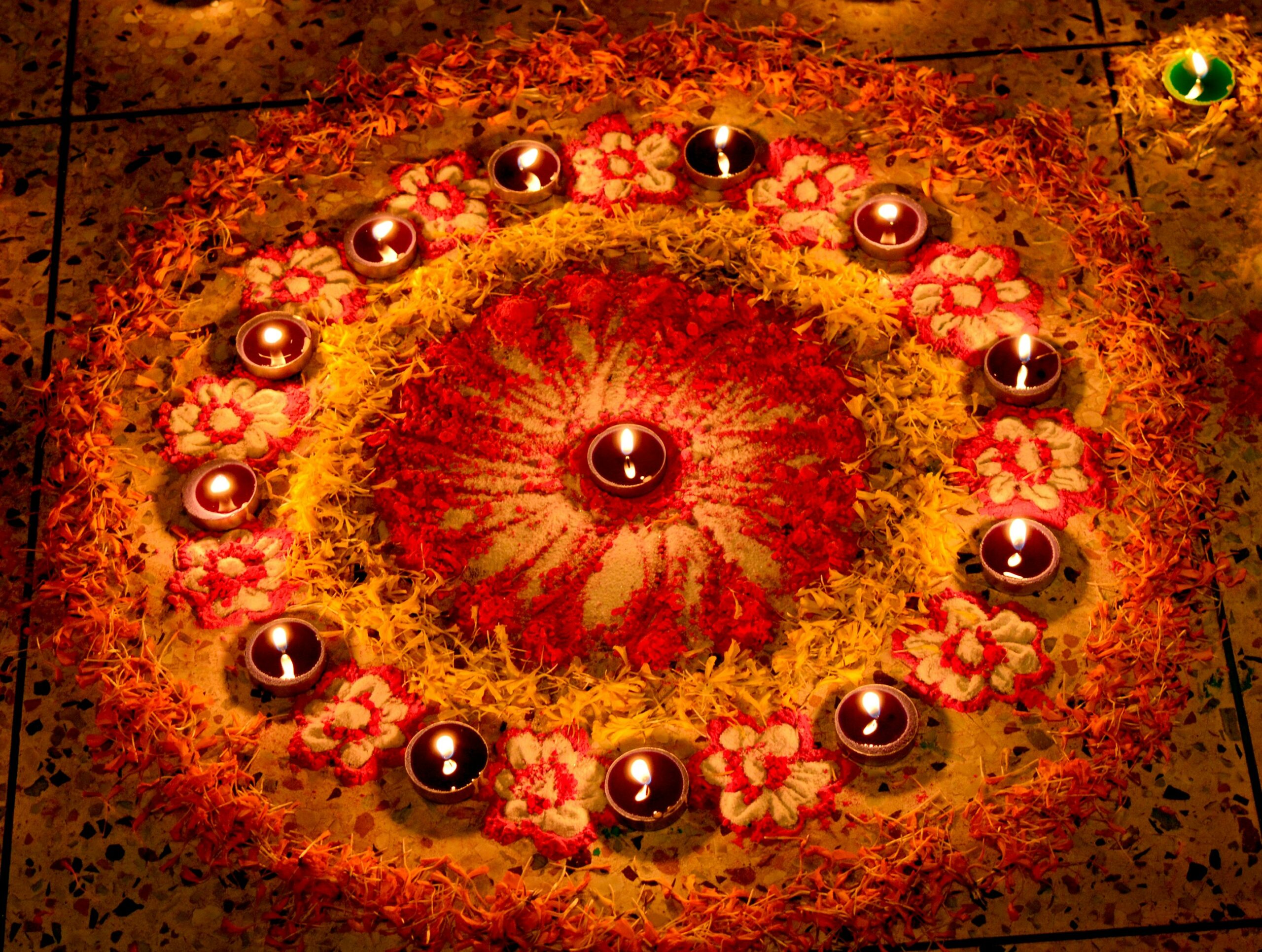
- Diyas (earthen lamps) and candles are integral to traditional Navratri decorations, symbolizing light and knowledge.
- Rangolis, intricate floor designs made from coloured powders, rice, or flower petals, are a must in traditional homes.
- Garlands made from marigolds and leaves are hung at doorways as a sign of welcome and purity.
Contemporary Decor

- Mixing traditional elements with modern decor ideas such as LED lights and contemporary wall hangings can give a fresh look to your Navratri celebrations.
- Minimalist designs with clean lines and simple floral arrangements have become popular for those who prefer a subtle aesthetic.
Eco-Friendly Navratri Decorations

- With growing environmental awareness, many people are shifting toward eco-friendly decor by using biodegradable materials such as clay idols, bamboo decorations, and natural flowers.
- Avoiding plastic and synthetic materials keeps the celebration green and sustainable.
Simple Navratri Decoration at Home

If you’re looking for simple Navratri decoration ideas at home, there are plenty of ways to create a beautiful atmosphere without overcomplicating things. The key to keeping it simple is focusing on just a few well-placed items.
Use of Diyas and Candles
Position diyas in your entrance, windowsills, and around your Durga shrine. The flickering flames create a serene ambience.
Decorative Fabrics
Draping vibrant silk or cotton fabrics over tables or hanging them on walls can instantly bring a festive look to your space.
Minimal Flower Arrangements
A single vase with fresh flowers on a centrepiece or small floral garlands around photos and idols is an easy way to add a touch of colour.
Creative Navratri Decoration Ideas at Home
If you want to go beyond simple decor and get a little more creative, there are several exciting ideas to explore:
Innovative Use of Lighting
- String fairy lights around your home, not just in the prayer area but in living rooms and bedrooms to add a magical glow.
- Try placing LED candles in colourful glass holders to cast enchanting shadows.
Fresh Flowers and Mirrors
- Mirrors can reflect the light from diyas and candles, creating a more dynamic and glowing space.
- Arrange fresh flowers like marigolds and roses into hanging garlands or use them to frame your prayer area.
Best Navratri Decoration Themes For Your Home
Choosing a theme for Navratri can give your decoration efforts a cohesive look and feel.
Traditional vs. Modern Themes
- A traditional theme might include the use of religious artefacts, temple bells, and classical Indian designs like mandalas.
- For a modern theme, you can play with geometric patterns, sleek lighting, and metallic accents while keeping the religious essence intact.
Durga Maa Nav Avtars

- Each day of Navratri is dedicated to a different form of Goddess Durga. You can create a themed decor based on the goddess’s colour and attributes for each day.
Top Navratri Decoration Items for a Stunning Look
Diyas and Oil Lamps
Essential for Navratri, these light up the space symbolizing the victory of light over darkness.
Kalash
A traditional pot symbolizes the source of life, often placed at the centre of the prayer area and decorated with flowers and mango leaves.
Sacred Symbols
Icons like Durga’s trident or Lotus flowers can be placed around the house to evoke spiritual significance.
Navratri Pandal Decoration at Home
Creating a small pandal (shrine) at home where the Durga idol is placed can be the heart of your Navratri decor.
Use vibrant fabrics, flower garlands, and diya arrangements to make the space special.
This setup should be the focal point of your decoration efforts, with the arrangement of sacred items like coconuts, betel leaves, and garlands.
Navratri Decoration with Lights

Lighting plays a crucial role in setting the festive mood during Navratri. Fairy lights, lanterns, and LED strips can be used creatively to illuminate your home.
You can wrap them around windows, hang them above the prayer area, or even incorporate them into your rangoli design for a glowing effect.
Final Thoughts on Navratri Decoration Ideas

Navratri decoration is not just about beautifying the house, it’s about creating a space that resonates with the spirit of the festival.
Whether you prefer simple Navratri decoration at home or a more elaborate setup, the key is to infuse your personal touch while honouring tradition.
FAQs: Navratri Decoration Ideas
What are some simple Navratri decoration ideas at home?
For simple Navratri decoration, you can use basic items like diyas, fresh flowers, and colourful fabric drapes. Create a small puja corner with a decorated Kalash, and light candles or diyas to enhance the spiritual atmosphere. Incorporating small flower arrangements or making a simple rangoli at the entrance can also add a festive touch.
What are the essential Navratri decoration items?
Some essential items for Navratri decoration include diyas or oil lamps, flower garlands, rangoli powders, sacred symbols like the Kalash and Durga’s trident, as well as decorative fabrics. These items can be used to create a welcoming and devotional environment during the nine-day festival.
How can I decorate my puja room at home?
To decorate your puja room for Navratri, start by cleaning and organizing the space to make it clutter-free. Place a decorative Kalash (sacred pot) in the centre of your altar and adorn it with fresh flowers, mango leaves, and a coconut. You can hang torans (door hangings) made from marigolds or beads above the entrance to the puja room.
Use diya holders or brass lamps for lighting, placing them around the deity or at the corners of the room to create a divine glow. If space allows, add a small rangoli near the altar or the entrance of the puja room. Additionally, you can place idols or pictures of Goddess Durga on an elevated platform, decorating them with flower garlands and silk cloth. For a peaceful ambience, use soft fairy lights or small string lights around the altar to add a spiritual glow during the evening.
What should not be kept in the puja room?
Certain items should be avoided in a puja room to maintain its sanctity and spiritual energy:
Photographs of deceased family members: It is traditionally believed that images of ancestors should be kept separate from the puja space.
Broken or damaged idols or religious items: Any chipped or damaged deities, lamps, or religious items should be repaired or replaced, as it is considered inauspicious to worship broken objects.
Non-religious items: Avoid keeping non-spiritual items like shoes, cleaning supplies, or unrelated household items in the puja room as they detract from the sacred environment.
Sharp objects: Items like scissors, knives, or any sharp tools should not be stored in the puja room, as they are seen as disruptive to the peaceful energy of the space.
Storage: Avoid using the puja room as a storage area for unnecessary objects. The room should be dedicated to worship and kept clean and clutter-free to maintain its sanctity.


